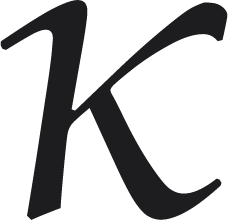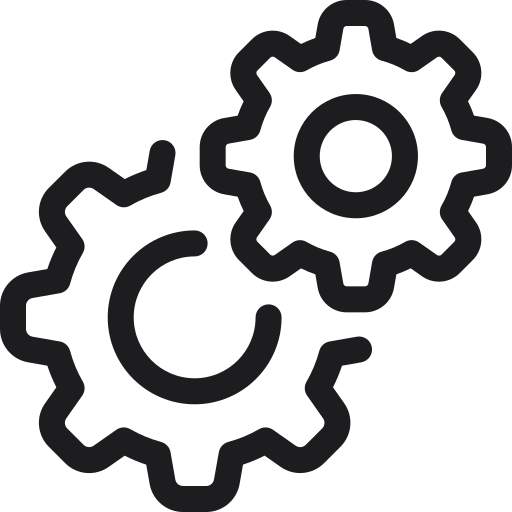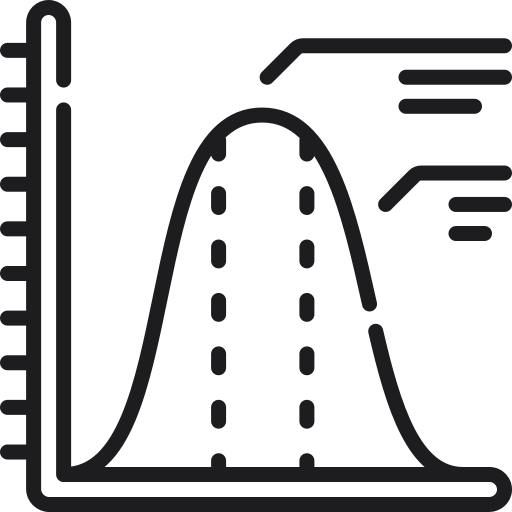


CAPA in QA
CAPA, or Corrective Action Preventive Action, is the response mechanism to all quality signals: deviations, complaints, inspection findings, or risks that exceed your acceptance threshold.
Corrective Action
A corrective action is a reactive measure, taken in response to the occurrence of any unwanted situation. Its purpose is to prevent recurrence.
Preventive Action
A preventive action is a proactive measure, defined to mitigate issues before occurrence. These actions are typically initiated following risk assessments or trend analyses. Its purpose is to reduce/avoid the occurrence of future deviations and complaints.
In other words: CAPA is the force behind continuous improvement.
CAPA in Statistics

Cohen’s kappa (also known as the inter-rater reliability), is the degree to which two independent observers reach the same conclusion.
In our context, this applies to the alignment between your organization’s interpretation of the law and that of regulatory bodies such as the FAMHP (Federal Agency for Medicines and Health Products).
Through inspection experience, we understand how authorities perceive industry standards. This often goes beyond the written law or guidelines. It's about how these are interpreted and where consensus lies across the industry. While legislation forms the foundation, regulatory bodies evaluate how this legislation is implemented and whether your interpretation aligns with theirs.
Our goal at CAPA is to maximize inter-rater reliability between our clients and regulators in the economically most efficient manner possible.
However, it’s not just about high inter-rater reliability. It’s about adopting an analytical, statistically sound approach. Important decisions should never be based on gut feeling alone. Even if luck is temporarily on your side, decisions made without relying on data will, in the long run, lead to suboptimal outcomes.
CAPA as a company

Mission & Vision
Quality is an investment, not a cost.
Our mission is to help you navigate the increasingly complex landscape of regulatory requirements, not by simply “checking the boxes,” but by embedding quality into the core of your organization's processes in such a way that it is economically optimized.
In the industry, compliance equals trust. Achieving full compliance is straightforward when resources are unlimited. The real challenge is reaching and maintaining compliance in a way that adds value and enhances financial performance. That’s where our focus lies: using quality as a catalyst for performance.